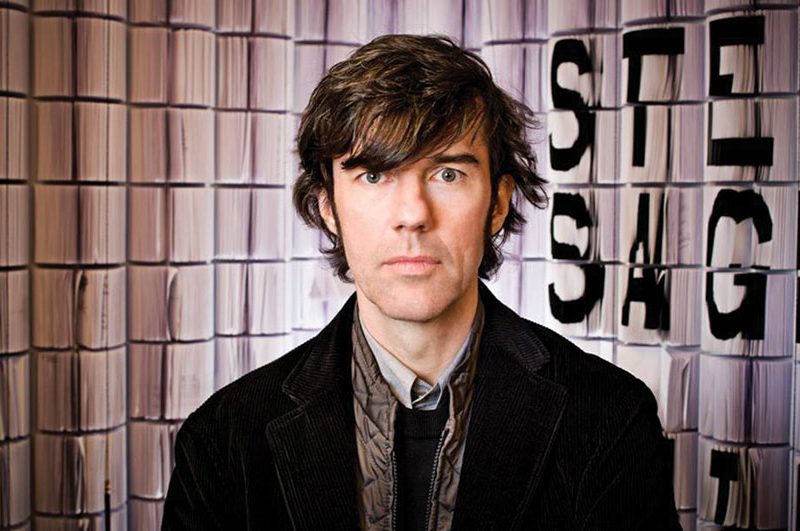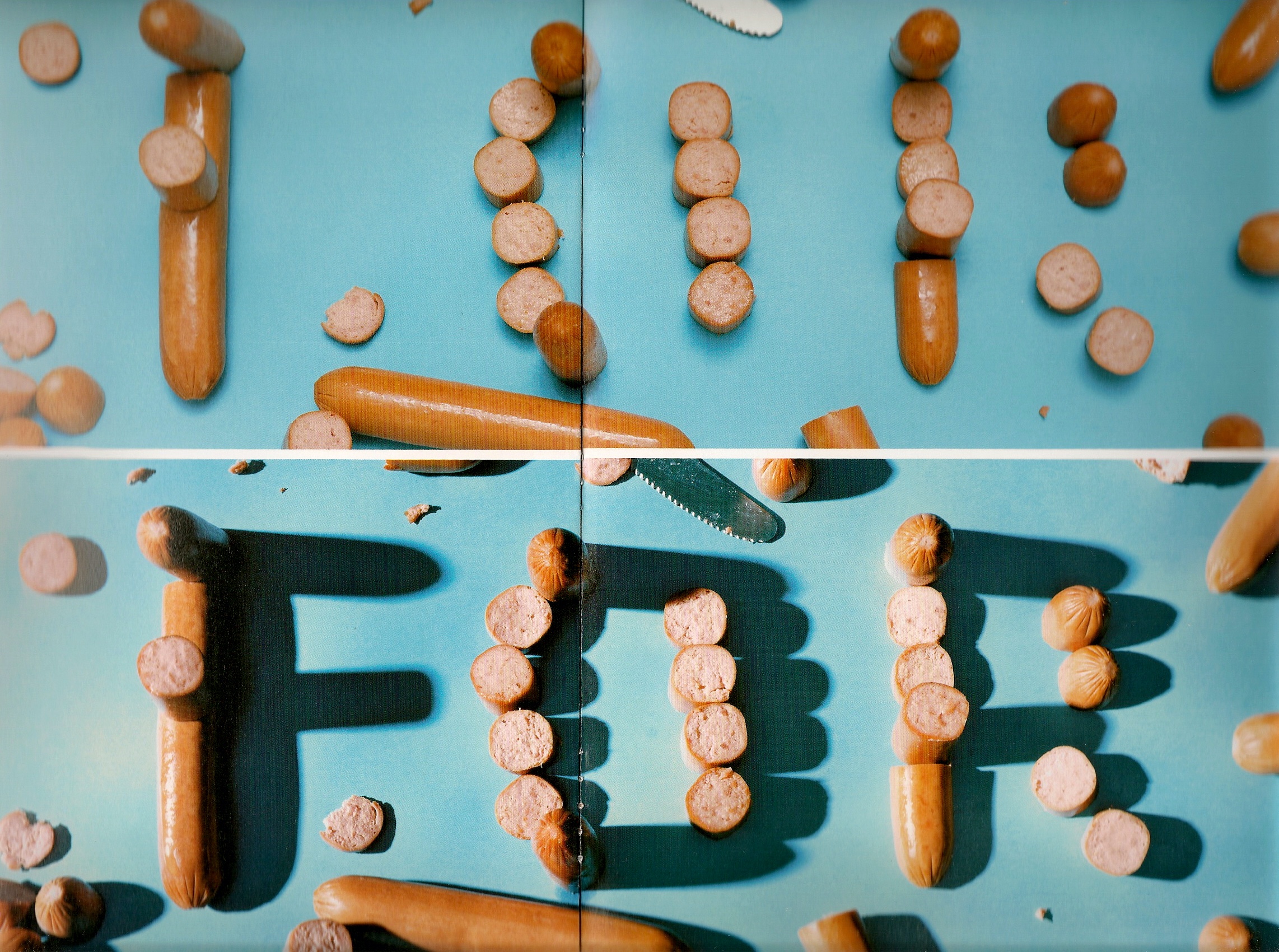WORK YOUR ASS OFF
If there’s a community called “creative industries,” then getting hints from Stefan Sagmeister would be the dream of everyone in that group. It’s impossible not to be impressed by his passion for beauty, risk aversion and admiration for Tibor Kalman, his only hero. We try to soothe our excitement just before his speech at Brand Week Istanbul 2017.

When you opened your studio, did you have a mentor in regards to business, or did you figure it out on your own?
Tibor Kalman was the single most influential person in my design life and my one and only design hero. 25 years ago, as a student in NYC, I called him every week for half a year and I got to know the M&Co receptionist really well. When he finally agreed to see me it turned out I had a sketch in my portfolio rather similar in concept and execution then an idea M&Co was just working on: He rushed to show me the prototype out of fear I’d say later he stole it out of my portfolio. I was so flattered. When I finally started working there 5 years later I discovered it was, more than anything else, his incredible salesmanship that set his studio apart from all the others. There were probably a number of people around who were as smart as Tibor (and there were certainly a lot who were better at designing), but nobody else could sell these concepts without any changes, get those ideas with almost no alterations out into the hands of the public. Nobody else was as passionate. As a boss he had no qualms about upsetting his clients or his employees (I remember his reaction to a logo I had worked on for weeks and was very proud of: “Stefan, this is TERRIBLE, just terrible, I am so disappointed”). His big heart was shining through nevertheless. He had the guts to risk everything, I witnessed a very large architecture project where he and M&Co had collaborated with a famous architect and had spent a year’s worth of work: He was willing to walk away on the question of who will present to the client. Tibor had an uncanny knack for giving advice, for dispersing morsels of wisdom, packaged in rough language later known as Tiborisms: “The most difficult thing when running a design company is not to grow” he told me when I opened my own little studio.
“Just don’t go and spend the money they pay you or you are going to be the whore of the ad agencies for the rest of your life” was his parting sentence when I moved to Hong Kong to open up a design studio for Leo Burnett. These insights were also the reason why M&Co. got so much press, journalists could just call him and he would supply the entire structure for a story and some fantastic quotes to boot. He was always happy and ready to jump from one field to another, corporate design, products, city planning, music video, documentary movies, children books, magazine editing were all treated under the mantra “you should do everything twice, the first time you don’t know what you’re doing, the second time you do, the third time it’s boring”.
He did good work containing good ideas for good people.
Has there been a point when you’ve decided to take a big risk to move forward?
I myself am rather risk averse, so I have to talk myself into taking risks. These tend to be a string of small risks rather than a single big one.
Do you discuss your work with other graphic designers?
Yes, I talk quite a bit at a number of conferences and in that context work is always discussed.
The Happy Show is all about what makes people happy. Why did you choose this subject?
During our second sabbatical I was looking for something meaningful to design, and The Happy Film (and the Happy Show) seemed to fit the bill: It forced me into doing a whole lot of research and experiments within this field. I also figured that whatever we do might have a chance to be of possible service to other people. It also allowed me to work in a challenging media, as I had never done a film before. I was always interested in how to improve my and my surrounding’s well-being, in a sense, why be interested in anything else? Most things I do every day are somehow geared towards this goal anyway, often just not in a very direct way. And it seemed more challenging to do this in film rather than print, trying out a new medium prevents me to become too complacent. When we started out, it was supposed to be a general film on happiness. As this quickly proved impossible since the subject was just too large, it became a film on my own happiness (as I’m an expert on it). This then required that it would be personal.
Which method did you find was most successful at improving your personal happiness?
I had heard our scientific adviser Jonathan Haidt’s conclusion that happiness comes from in between countless times during the filming and editing process: He thinks happiness can ensue if I manage to get the relationship to other people right, this includes far away acquaintances and close family, if I can get the relationship to my work right and the relationship to something that’s bigger than myself right. Only then happiness can rise from here and there from in between. When I started my current sabbatical in Mexico City and looked for a main subject to work on, it immediately became clear to me that it will need to be ‘Beauty’, as it will force me to be in close relationship with many people, it will force me to work with many new and old experts, artists, designers and producers, and it will surely be bigger than me. The following months have been among the happiest of my life.
How can you explain the impact of technology on creative industries?
I see a lot of good work being done, especially in the realm of designers creating their own digital tools. As always, possibilities in technology are a juicy area for creating new work. Starting from the invention of the hand axe to printing and the PC, changes in communication have always been driven by technology.
What advice would you give to someone who is starting out?
Work your ass off. Do as much as possible. Figure out what you really like and get good at it.
Your greatest passion?
Beauty.
